
Last year, APNIC celebrated its 30th anniversary. At the time, APNIC Director General Paul Wilson wrote that since its inception in 1992 operating from a small Tokyo office with just three people and a spreadsheet, APNIC has now expanded into a thriving community spanning 56 economies committed to a global, open, stable, and secure Internet.
The APNIC community has benefitted greatly from various languages, cultures, viewpoints, and input, which are reflected in the now 10,000 direct APNIC Members across the region. In this post, I want to shed some light on this membership.
Industries and economies
APNIC’s community is diverse and while Members can include organizations interested in Internet Number Resources but without any significant network infrastructure, Internet Service Providers (ISPs) and hosting/data centres comprise most existing and new Members (Figure 1).
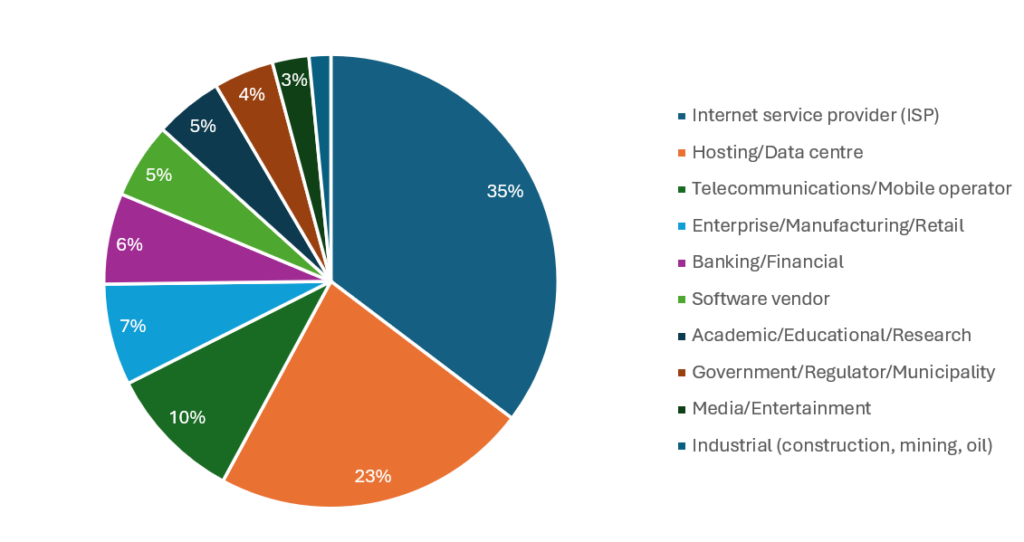
These 10 industries have been the primary drivers of APNIC membership growth since the beginning.
APNIC by economies: The LDCs
Across 30 years, we’ve seen the growth of LDCs with 21% of the 10,000 Members now from an LDC (Figure 2).
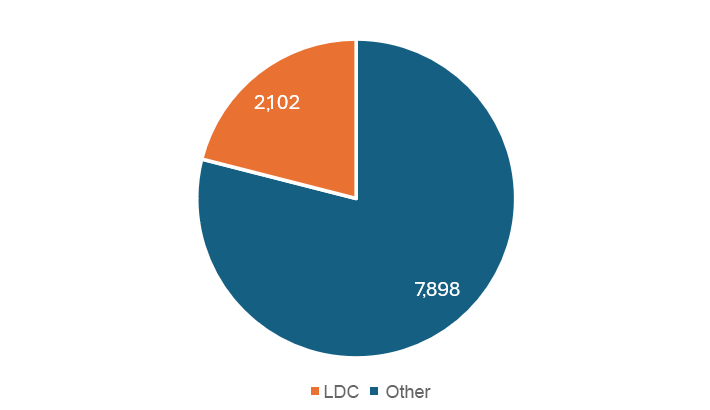
Digging into the economy level, Australia has the highest number of Members, followed by Bangladesh and Hong Kong. Australia and Hong Kong’s highly developed technological infrastructure results in a very high Internet penetration rate, and large number of Members. Bangladesh’s combination of a comparatively large population and high Internet penetration accounts for the large total number of Members (Figure 3).
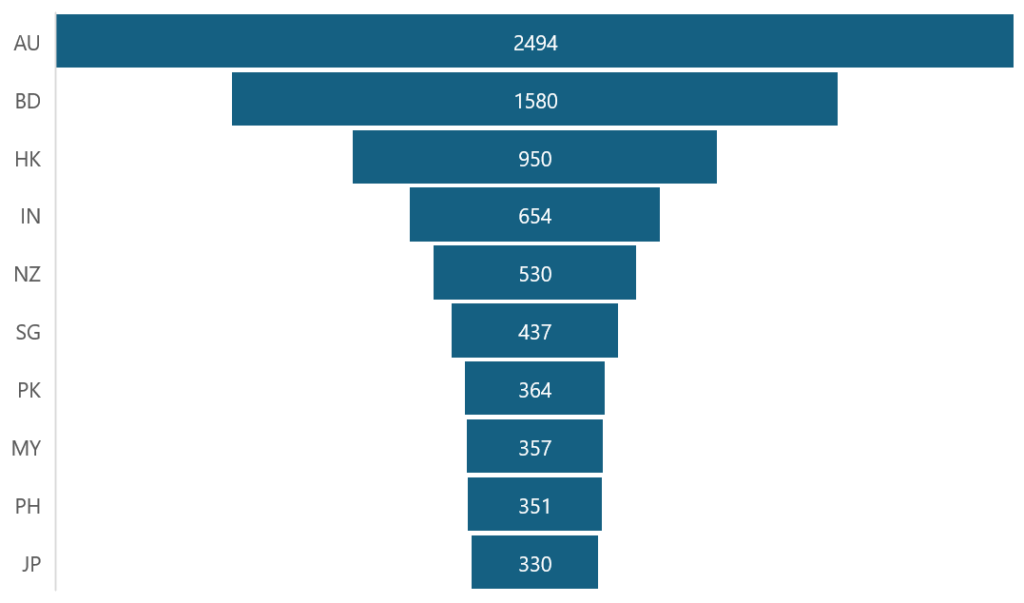
Of APNIC’s 10,000 Members, 6,350 are service providers and the remaining 3,650 are end-user organizations. Direct membership by end-user organizations affords typically large Members throughout the region greater autonomy, control, and flexibility over their network infrastructure, enabling them to control their specific operational and security needs effectively and manage routing with more than one transit-providing ISP.
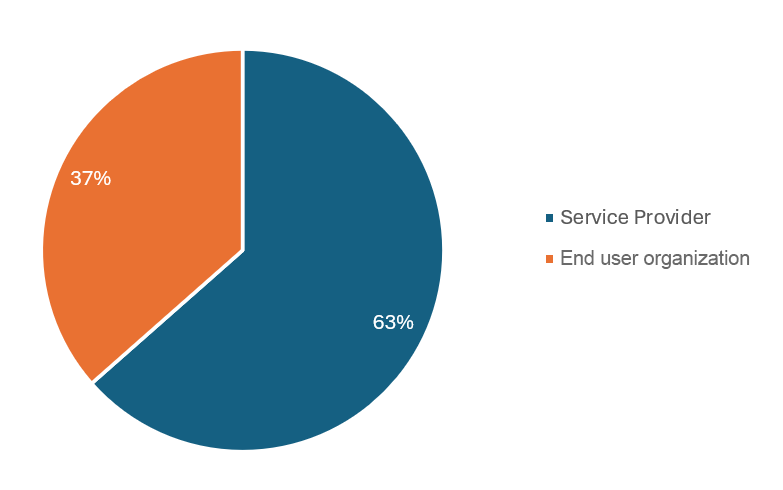
Resource distribution
IP resources
China, Japan, and South Korea currently hold the most IPv4 delegations (Figure 5) at 343M,190M, and 112M respectively, while the rest of the top 10 trail significantly behind. For IPv6 (Figure 6), the situation is slightly different with Australia and Indonesia pushing South Korea into 5th position.


The paired bar charts in Figures 5 and 6 show that an economy’s IP resource delegation size is completely decoupled from the Member economy’s population size (where India has the highest population).
APNIC Members are now responsible for 63.36% of the world’s IPv6 capability (Figure 7), a figure to be proud of, but also one that should inspire more IPv6 deployment.
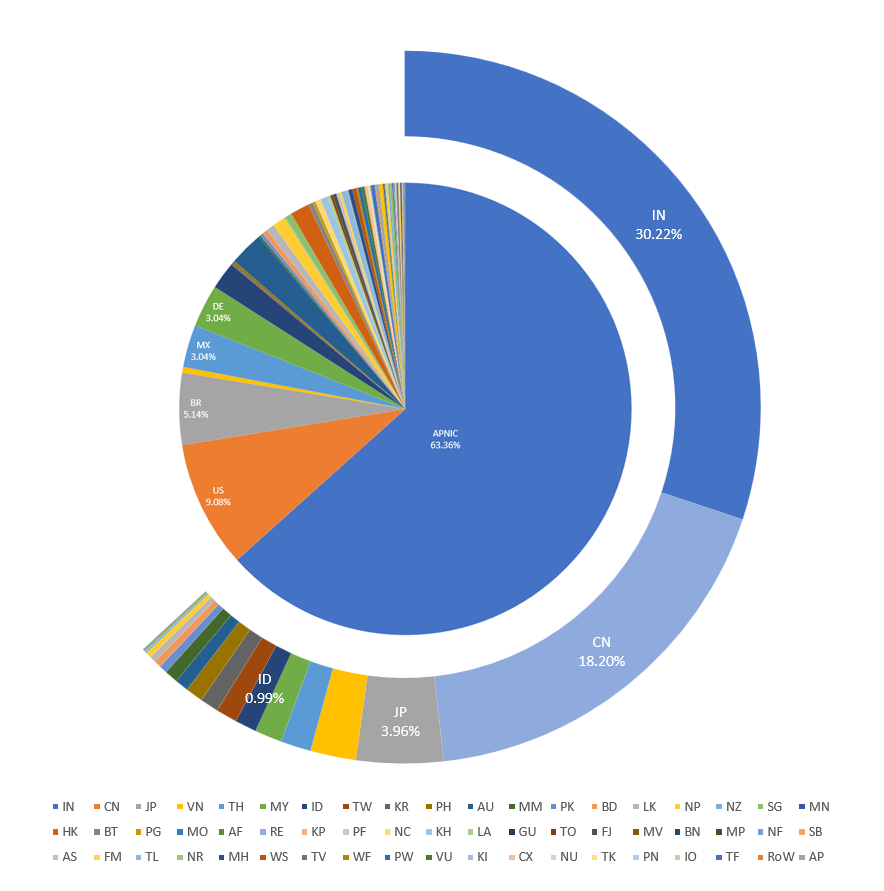
Learn more about IPv6 Best Current Practices and how to deploy IPv6.
ASNs
Although there is no necessary coupling of the population to Autonomous System Number (ASN) richness in an economy, ASN delegation does appear to have a correlation to population size with India, China, and Indonesia — three of the four most populous economies in the world — holding the highest number of ASN delegations in the region.
Further down the top 10 list, there are some seemingly anomalous entries in the developed economies of Australia (fourth) and New Zealand (tenth) (Figure 7). This may reflect market forces or industry regulation, and the pre-Internet incumbent telecommunications industry having an effect. China’s high ASN count is a result of a significant research activity deploying a large number of ASNs in China for a new model of networking, rather than direct economic competition. The density of ASN usage in the APNIC region remains lower than in the RIPE and ARIN regions.

RPKI adoption
The adoption of Resource Public Key Infrastructure (RPKI) has been increasing globally over the years. In the beginning, this was largely due to several large resource-holding ISPs validating their routes to mitigate against prefix hijacking, but now we’ve seen smaller providers adopting RPKI.
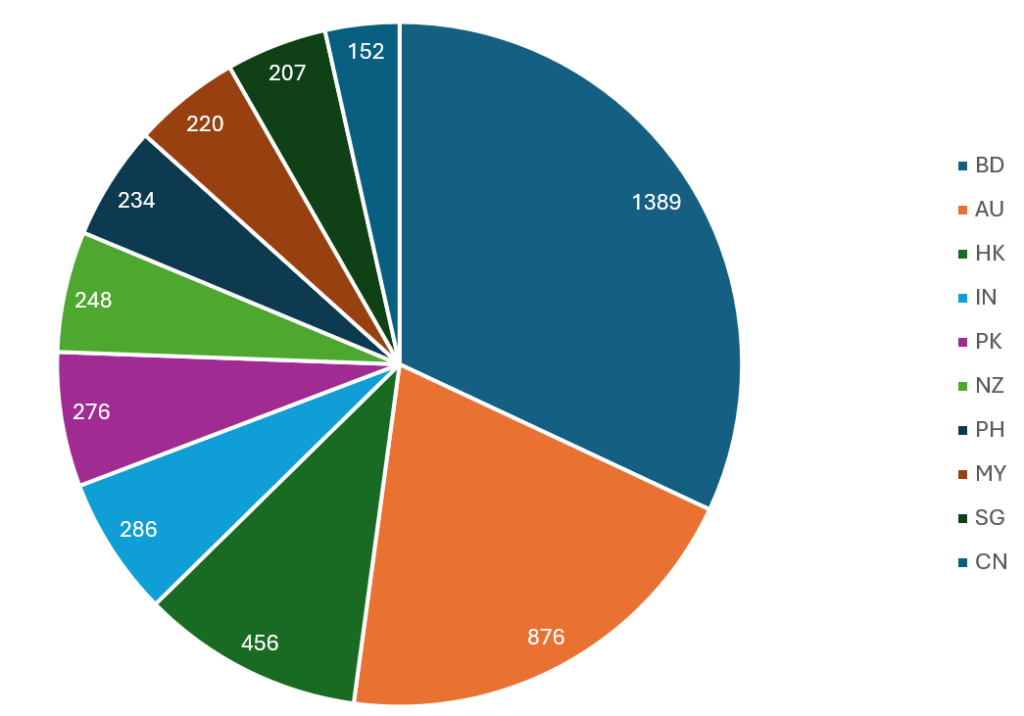
Throughout the APNIC membership, Bangladesh has the most RPKI-enabled Members followed by Australia and Hong Kong. This may reflect the level of preparedness from APNIC Academy training support, which has been provided in Bangladesh by APNIC Community Trainers, and in Australia and Hong Kong reflects a strong interest in the local ISP communities of AusNOG and HKNOG.
We are seeing Members of all varieties signing their Route Origin Authorizations (ROAs). While not all Members sign ROAs, it is encouraging to see the level of awareness across industries, and the slight increase in the numbers overall.
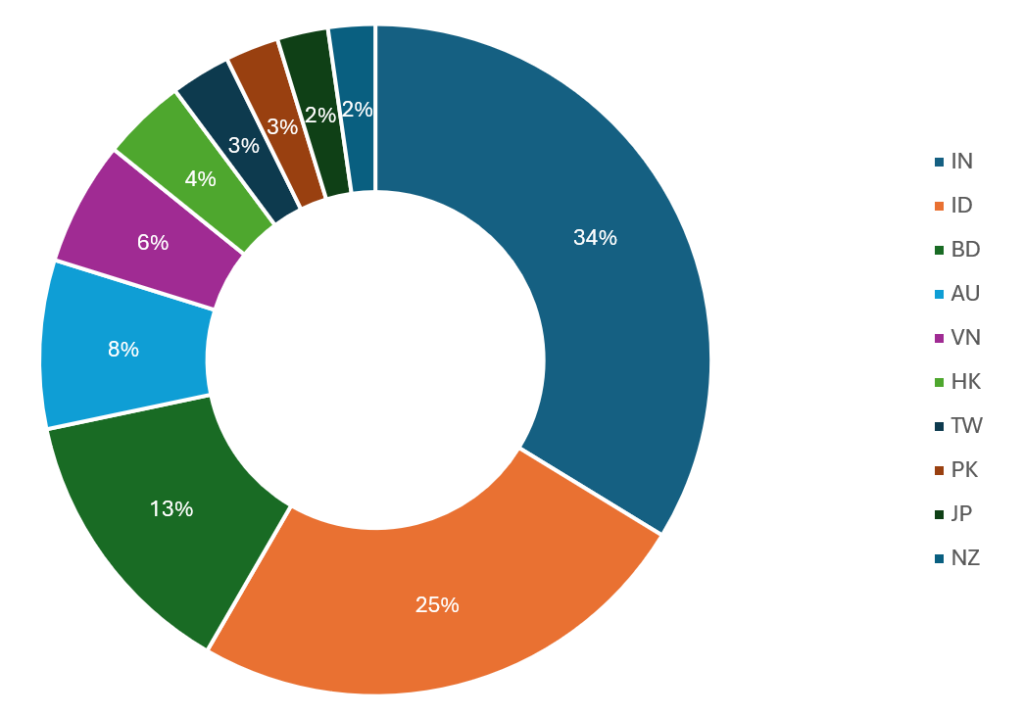
However, an important reminder to those who have signed their ROAs is that this is only the first step towards securing your routes from misuse and hijacks.
Beyond 10,000
Looking at the data, we can conclude that APNIC membership is still growing steadily but still has much work to do in routing security.
Growth is driven by high-population economies where access and content service networks are still growing and spreading, and economies with relatively mature Internet infrastructure adding more edge networks.
APNIC’s 10,000th Member is Flextech Inc. Established in June 2020, Flextech is the parent company of TeraBox — a large-capacity cloud storage provider. As well as cloud storage solutions, Flextech focuses on privacy, security, and collaborating with other brands to offer innovative products.
Given that APNIC began life in Japan, it’s satisfying that the 10,000th Member is from Japan. Who will be the next milestone Member, and what will they use their delegations for? Given there have been 30 years between APNIC’s first and 10,000th Members, perhaps it will be from an industry we can’t even imagine.
The views expressed by the authors of this blog are their own and do not necessarily reflect the views of APNIC. Please note a Code of Conduct applies to this blog.

Congratulations APNIC!